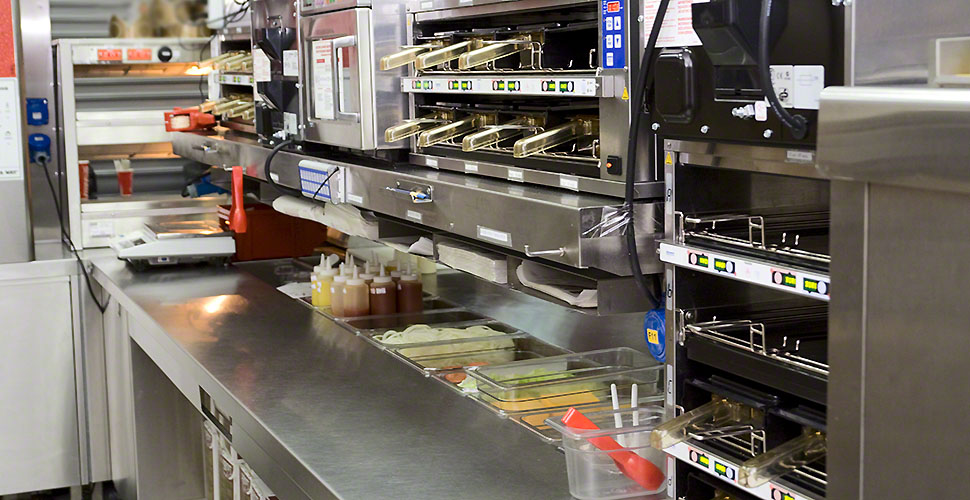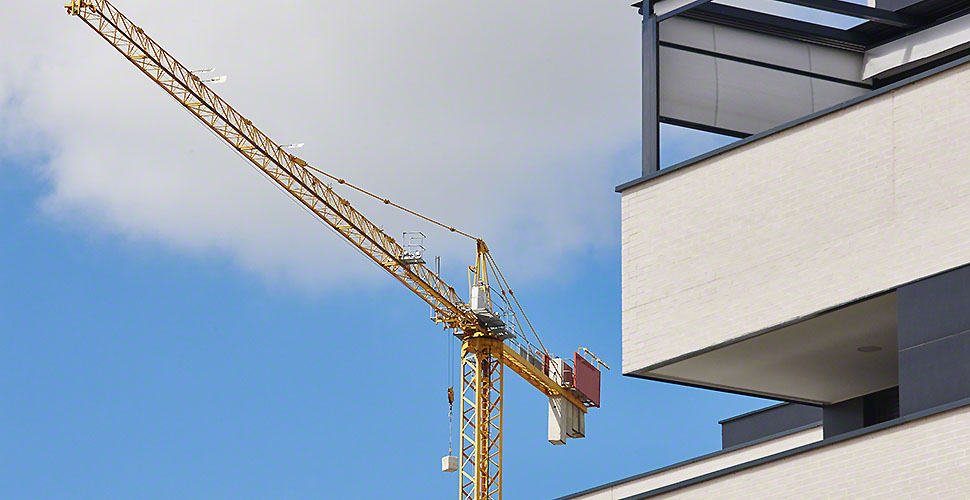Professional walk in cooler repair becomes an absolute emergency when your cooler fails because every minute of delay costs you money and puts your business at risk. Understanding exactly how this equipment failure unfolds helps restaurant owners appreciate why preventive maintenance matters so much and why keeping emergency repair contacts readily available is not optional. The timeline of destruction that follows a cooler breakdown reveals just how vulnerable restaurants are to this critical equipment failing at the worst possible moment.
Temperature Rise and Food Safety Crisis
The moment your walk-in cooler stops maintaining proper temperature, the clock starts ticking on food safety. Most restaurants keep their coolers between 35 and 38 degrees Fahrenheit, but the temperature inside rises surprisingly quickly when the cooling system fails. Within the first two hours, temperatures climb into the danger zone above 40 degrees where bacteria multiply rapidly.
Your most expensive inventory faces immediate risk. Fresh seafood spoils fastest, becoming unsafe within just a couple hours at improper temperatures. Prime cuts of beef, chicken, pork, and other proteins follow close behind. Dairy products, prepared sauces, and fresh produce all have limited time before they must be discarded. The financial loss accelerates every hour as more items cross the threshold from salvageable to garbage.
Many restaurant owners do not discover the problem immediately unless they happen to check the cooler or notice the temperature alarm. Morning prep cooks might arrive to find a disaster waiting for them. By the time someone identifies the problem and calls for emergency repairs, several hours may have passed and the damage is already substantial. Even if repairs happen quickly, health codes require discarding any food that spent extended time in the temperature danger zone.
Your insurance might cover some food loss, but policies typically include substantial deductibles and may not cover everything. More importantly, insurance does not replace the food fast enough to serve that day’s customers. You face the immediate problem of having nothing to cook while waiting for repair technicians and then waiting again for replacement inventory to arrive from multiple suppliers.
Operational Collapse and Revenue Loss
As morning shifts begin and the full scope of the problem becomes clear, you face brutal decisions about whether to open for service. Without a functioning cooler and with most of your inventory ruined, serving a normal menu becomes impossible. Some restaurants attempt limited service with whatever shelf-stable items they can improvise, but this rarely works well.
Canceling reservations creates immediate revenue loss plus disappointed customers who might not return. Your regular customers expect consistency, and telling them you cannot serve their favorite dishes damages the reliability your reputation depends on. Walk-in guests get turned away, and word spreads quickly on social media that something is wrong at your establishment. The lost revenue from even one day of closure can reach thousands or tens of thousands of dollars depending on your normal volume.
Your staff still needs to be paid even though they cannot work normal shifts. Sending everyone home costs you wages without any offsetting revenue. Some employees might look for other work if they lose too many shifts, creating potential staffing problems even after you reopen. The operational disruption affects everyone from prep cooks to servers to dishwashers who all lose their expected hours and tips.
Meanwhile, repair costs climb as emergency technicians diagnose the problem. Walk-in cooler repairs often require specialized parts that need ordering, potentially extending the downtime. Even if repairs finish quickly, you still need time to restock, verify temperatures stabilize, and prepare for service. The compounding effect of lost revenue, ruined food, repair bills, and labor costs pushes the total damage well into five figures for a single day of cooler failure.
Learning From Crisis and Protecting Your Future
Having relationships with commercial appliances repair Northern VA companies before you need them means faster emergency response when problems occur. Companies that already know your equipment and facility respond more quickly than vendors you call for the first time during a crisis. Some restaurants maintain service contracts that guarantee priority emergency service, which can mean the difference between a four-hour repair and a multi-day closure.
Insurance coverage deserves review to verify you carry adequate limits for food spoilage and business interruption. Many standard policies provide minimal coverage that falls far short of actual losses during equipment failures. Speaking with your insurance agent about your specific vulnerabilities helps ensure proper protection. Some policies exclude coverage for maintenance-related failures, making preventive service even more critical.
Reputation Damage and Health Department Issues
As the day continues, the crisis expands beyond immediate operational problems into longer-term reputation damage. Customers who made reservations and got canceled tell their friends and post on social media about their disappointing experience. Your establishment starts appearing in negative reviews and posts that future customers will see when deciding where to eat. This reputation harm extends far beyond a single day of lost business.
The health department situation adds another layer of problems. Depending on your location and circumstances, you may be required to report significant temperature control failures. Health inspectors might visit to verify you properly disposed of unsafe food and that your cooler now functions correctly before allowing you to reopen. Some jurisdictions require documentation proving safe temperatures for a specific period before resuming service.
If inspectors find you attempted to serve potentially unsafe food or failed to report the incident properly, you could face citations, fines, or even temporary closure orders. These violations become public record and appear in health inspection databases that customers check when choosing restaurants. A single cooler failure handled poorly can haunt your establishment for years through online health department records.
Suppliers who lost product may become wary about extending credit terms or might demand cash payments until they rebuild trust. Your distributor relationships matter enormously in the restaurant business, and equipment failures that lead to unpaid invoices can complicate these important partnerships. The financial stress of replacing thousands of dollars in lost inventory while covering repairs and lost revenue strains even profitable operations.
Conclusion
Building relationships with reliable commercial kitchen appliance repair Alexandria specialists before you face an emergency means help arrives faster when you need it most. These professionals understand the urgency of restaurant equipment failures and prioritize clients who maintain regular service relationships. Keep their contact information easily accessible and make sure your entire management team knows who to call when refrigeration problems occur, protecting your investment and ensuring your restaurant survives the equipment failures that eventually come for every operation.



